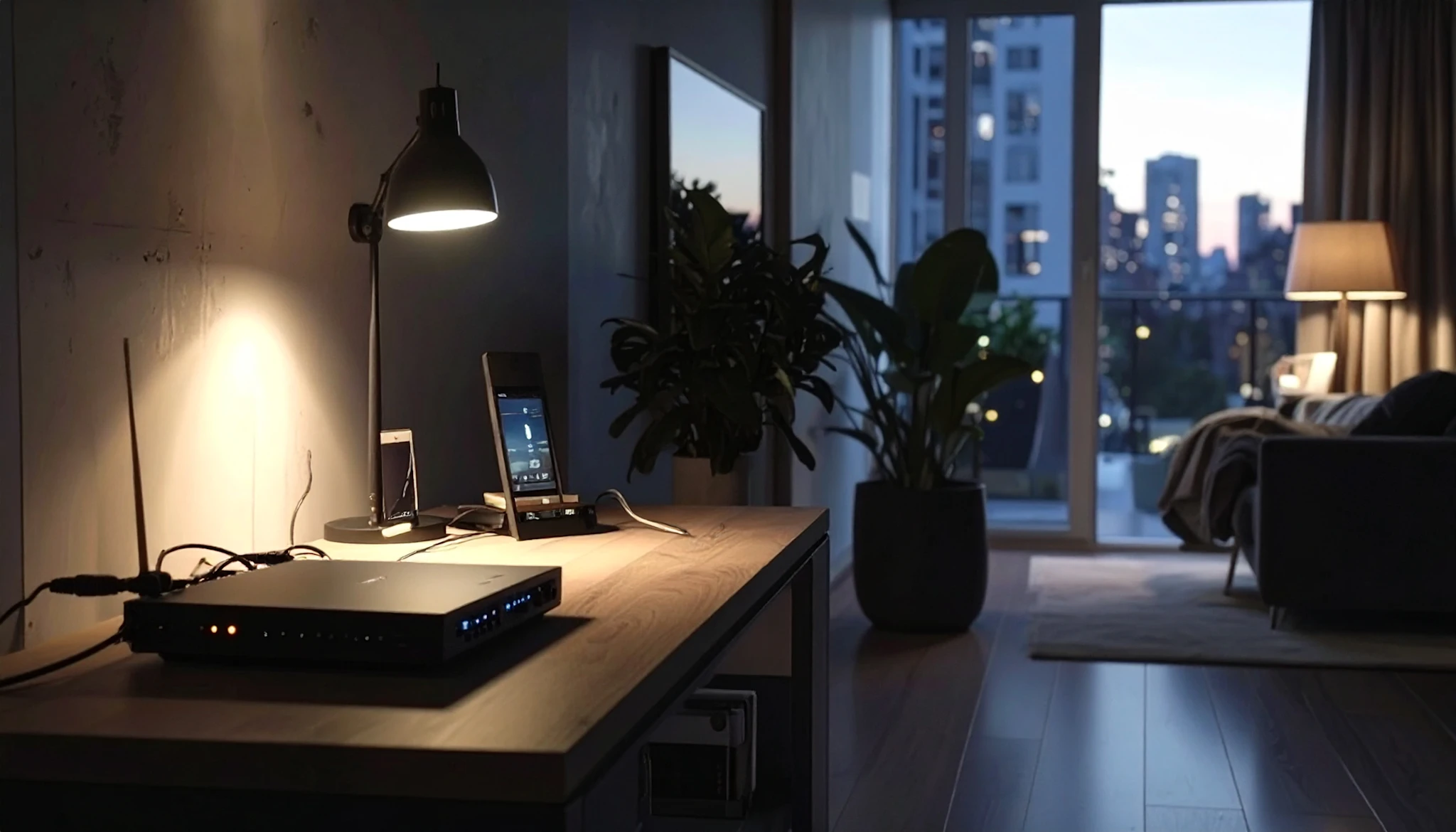The Idea That Reconnects the Disconnected
Modern survival often depends on fragile links: mobile towers, satellites, Wi-Fi routers. Take those away and most communication systems collapse instantly. That’s where Meshtastic comes in—a small, open-source project with big implications.
At its core, Meshtastic uses LoRa (Long Range) radio modules to create a mesh network—a swarm of small devices that pass encrypted messages from one to another. If you’re too far to reach your friend directly, your message hops across the network through other nodes until it gets there. No internet, no cell towers, just radio waves and clever software.
Originally designed by hobbyists, Meshtastic has grown into a community-driven technology that turns ordinary people into their own communication infrastructure. It’s ideal for hikers, emergency responders, rural communities, or anyone preparing for the day the network goes dark.
Why It’s a Smart Survival Tool
When power grids fail or mobile networks are overloaded, Meshtastic nodes keep talking. They use extremely low power and can run for days—or even weeks—on a small battery or solar panel. Messages are encrypted, so outsiders can’t read them, and the software is free and open-source, which means it’s constantly evolving.
Even a handful of nodes scattered around a town can cover kilometers of terrain, letting people coordinate supplies, signal for help, or share status updates in total independence from commercial networks. It’s a quiet revolution in preparedness—communication you control, not rent.
The Core Components
To build your own Meshtastic setup, you need only a few pieces of inexpensive hardware:
1. A LoRa Radio Board
The heart of the system. Popular models include the Heltec WiFi LoRa 32 (V3), TTGO T-Beam, or RAK4631. These boards combine a small microcontroller, a LoRa transceiver, and often GPS for location sharing.
2. An Antenna
A simple whip or SMA antenna boosts your range dramatically. Better antennas mean more stable communication, especially in hilly or forested areas.
3. Power Source
Most boards use standard 18650 lithium cells or USB power banks. For field setups, pair them with a small solar charger for long-term operation.
4. A Smartphone (Optional)
Install the Meshtastic app (Android, iOS, or desktop) to send and receive messages via Bluetooth or USB. The radio handles the transmission; your phone just provides the interface.
5. Optional Extras
You can extend functionality with GPS tracking, OLED displays, or Raspberry Pi integration for automated relaying and data logging.
Building the Mesh
Set up two or more nodes, give each a name, and they automatically connect—no SIM cards, no configuration wizardry. The more devices join, the stronger the network becomes. In mountainous terrain or urban canyons, a node placed high—on a rooftop, a tree, or a ridge—can cover remarkable distances.
It’s the digital equivalent of stringing up a series of beacons: simple, resilient, and scalable. In a world where dependence on corporate infrastructure grows every day, Meshtastic is a quiet reminder that freedom sometimes travels on the smallest waves.
The future of communication might not be 5G. It might be a pocket-sized radio quietly bridging the silence after the storm.







